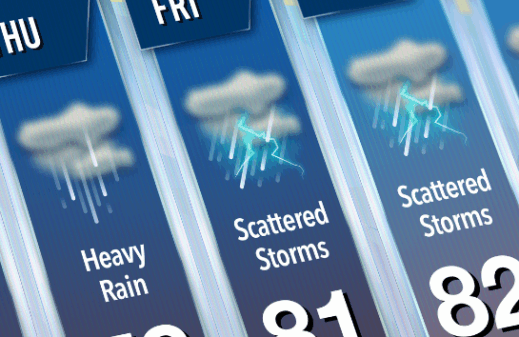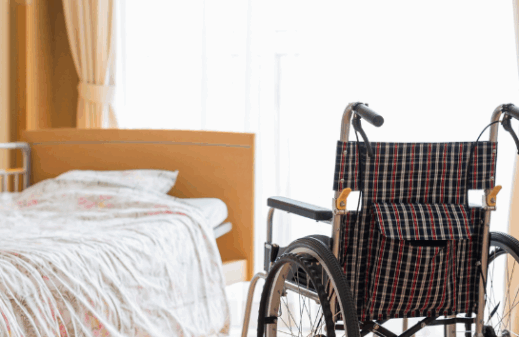Assisted living facility owners and administrators carry a lot of responsibility in their daily activities. From making sure residents are properly cared or to managing staff to organizing the everyday operations and needs. Too often you take on numerous items at once, and it is easy to find yourself knee deep in multi-tasking.
One item you can’t afford to overlook in incident documentation and reporting. Proper documentation is the key to protecting and defending your assisted living facility in the event of a claim or lawsuit. the last thing you want, or need is to be held responsible for an incident you weren’t responsible for.
The Importance of Incident Documentation
Every unexpected incident occurs at your assisted living facility need to be documented even if it seems minor. Even small incidents have resulted in major claims over the years.
To help you, we’ve put together a list of incident documentation and reporting best practices.
- Create an incident reporting form. An incident reporting form should be easy to understand and implement. Using an established form assures nothing critical is missed in the reporting process. Important details to include are date/time, parties involved, description of what occurred, and a list of any witnesses.
- Hold in-services to review policies and procedures. In many cases, this documentation is the responsibility of your caregivers who have a lot on their plates as well. While it may seem like Sally stubbing her toe on the bed isn’t a critical incident to stop everything right away, that toe stub can lead to bigger problems later on. As an owner or administrator, it is your responsibility to guide, educate, and show staff what proper documentation consists of.
- Don’t punish staff for reporting incidents. If staff feel they will be reprimanded for reporting incidents when they occur, they are less likely to do the necessary work. Create an open-door culture so they feel comfortable coming to you and reviewing an incident when it occurs.
- Establish a reporting chain. Who needs to know about an incident after it occurs? Create a written procedure that clearly defines who the staff or residents should notify in the event of an incident. This helps get the information to you in an efficient manner so that items can be addressed quickly.
- Investigate the incident. Take the time to communicate with all parties involved to make sure the facts match the incident report form. Interview witnesses and look for ways to prevent it from occurring again.
- Implement measures to prevent reoccurrence. After you identify ways to prevent reoccurrence of incidents, review and update existing procedures as necessary. If the problem stemmed from physical layout of items in an area, clear or move items that caused the incident.
When Should You Notify Your Insurance Company?
Just like employees aren’t sure about reporting incidents to you, you might not want to contact your insurance company due to fear of cancelled coverage. It is try that not every incident will result in a claim. You avoid reporting an incident that does result in a lawsuit, insurance carriers can deny coverage depending on the policy you have in place.
It is a good rule of thumb to report every incident to the insurance companies so they are aware of potential lawsuits and so they can review the steps you have taken to prevent incidents from reoccurring.



